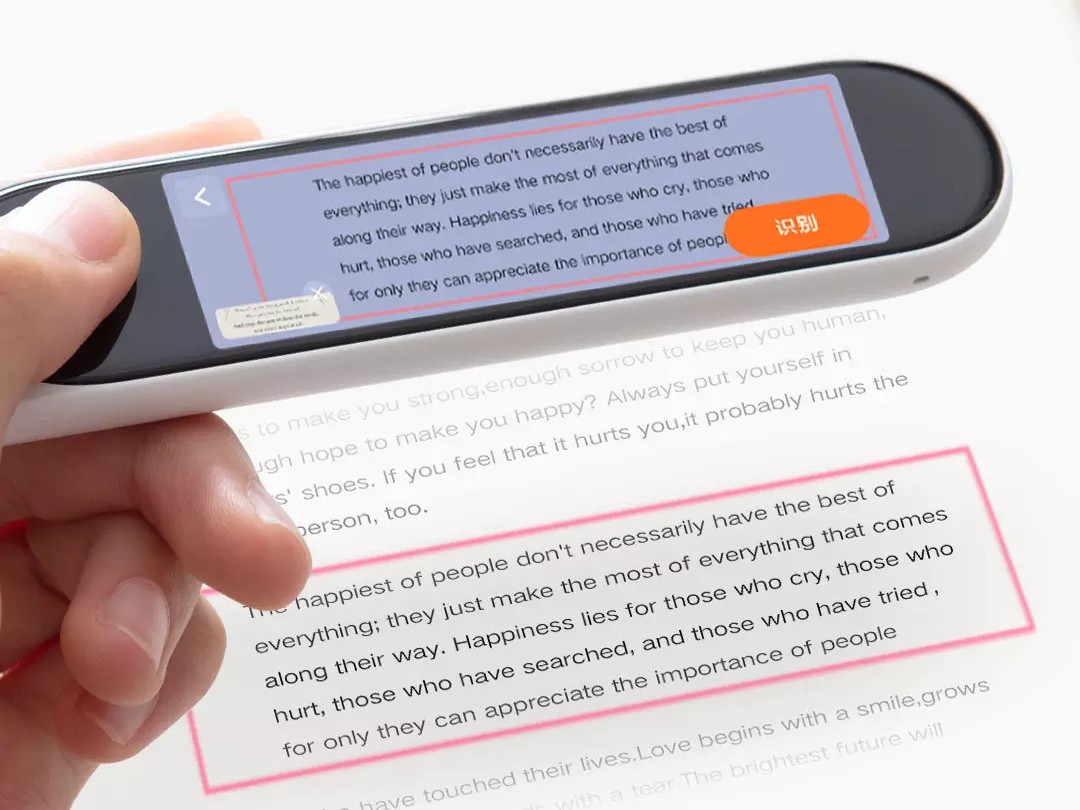
Language is constantly evolving and dictionaries are always trying to capture the latest additions to how we communicate. Queer language moves quickly and the Oxford English Dictionary (OED) managed to include several new LGBTQ+ entries (including “LGBTQ” itself) this year. You may be surprised at the slang that made it into such a fancy institution and how they chose to define words that mean so many different things to so many different people.
Anti-gay and Anti-homosexual
The Oxford English Dictionary added a bunch of anti- prefixed words this year, and unfortunately, these two were on the list.
Bakla
This word is borrowed from Tagalog and the OED notes it as a “sometimes derogatory, potentially offensive” word in Philippine English. The dictionary defines a bakla as “a person registered as male at birth who identifies with or presents a feminine gender expression, typically through behaviours, occupations, modes of dress, etc., that are culturally associated with femininity.”
There is a note after the definition that reads, “Bakla encompasses a wide range of gendered characteristics and practices that do not correspond to heteronormative ideas of masculinity. It can often, but not always, denote homosexuality, although the term is increasingly being used as a synonym for Western terms relating to sexual orientation, such as gay and homosexual.”
Brotherboy and Sistergirl
These two new entries bring in terms for Australian Aboriginal identities. A brotherboy is “a person registered as female at birth who identifies with or presents a masculine gender expression, typically through behaviours, occupations, modes of dress, etc., that are culturally associated with masculinity” and a sistergirl was assigned male at birth and presents in ways associated with femininity. The dictionary notes that some brotherboys identify as transgender men, some sistergirls identify as transgender women, and some people of both identities identify as non-binary.
Enby
This colloquial word for a non-binary person was added this year, and the OED’s first citation of its appearance is from 2013.
Gender-affirming
One of four new sub-entries for the noun gender, the OED defines gender-affirming as an adjective “that validates or confirms a person’s gender.” It also says something gender-affirming “enables a person, especially a transgender person, to live according to their gender identity.”
Gender critical
Another new gender sub-entry added in 2022 is gender critical which has two definitions:
- critical of traditional beliefs about gender, especially based on the perspective of gender feminism
- critical of the concept of gender identity, or the belief that gender identity outweighs or is more significant than biological sex. In sense (b), typically distinguishing between gender (as something culturally or biologically defined) and gender identity (considered an innate individual sense).
This entry even cited a 2021 tweet that reads, “This motion aims to make it safe for people with gender critical beliefs to discuss how to exclude trans people from public spaces.”
Gender expression and Gender presentation
Gender expression and gender presentation were both finally added to the OED in 2022, but each entry was given the exact same definition: “The outward expression of gender (as defined culturally or biologically) or of gender identity (as an individual’s personal sense), typically through behaviours, mannerisms, modes of dress, etc., that are culturally associated with masculinity or femininity.”
LGBTQ
The commonly-used acronym for the community (defining Q as “queer (or questioning)”) was added in September 2022.
Multisexual
This new word entry is defined as “characterized by sexual or romantic attraction to, or sexual activity with, people of different sexes or gender identities; (now) spec. having any of various sexual orientations of this type, such as bisexual, pansexual, or polysexual.” The OED cites @nyphren as saying on Twitter, “I don’t identify as bi but i’m grayasexual and when i do feel sexual attraction it’s to more than one gender so i usually say i’m multisexual” as an example.
Muxe
This Zapotec identity, pronounced “moo-shay,” entered into the OED this year: “In Zapotec communities of southern Mexico: a person registered as male at birth who identifies with or presents a feminine gender expression, typically through behaviours, occupations, modes of dress, etc., that are culturally associated with femininity.”
Pangender
While pansexual has been in the OED since 2018, pangender was added in June 2022: “Designating a non-binary person whose gender identity encompasses multiple genders, which may be experienced simultaneously or in a fluid, fluctuating manner; of or relating to a gender identity of this type.”
Teahouse (new meaning)
A new additional “U.S. slang” use of teahouse meaning “a public toilet used by men to engage in or solicit sexual activity with other men” was added in September 2022.
TERF
The OED’s entry for TERF has a note that gives some context on the word’s history: “Originally used within the radical feminist movement. Although the [one who coined the term in 2008] (a trans-inclusive feminist) has stated that the term was intended as a neutral description, TERF is now typically regarded as derogatory.”
The dictionary defines the controversial term as “a feminist whose advocacy of women’s rights excludes (or is thought to exclude) the rights of transgender women. Also more generally: a person whose views on gender identity are (or are considered) hostile to transgender people, or who opposes social and political policies designed to be inclusive of transgender people.”
Top and Bottom (new meanings)
Top and bottom have over a dozen meanings apiece in their respective entries but queer people can claim their own now. The 12a intransitive verb sense of bottom in the OED is now “to take the role of the more submissive partner in bondage, domination, or sadomasochism” and 12b is “originally and chiefly among gay men: to be the partner who is penetrated in (esp. anal) sex.”
For top, multiple new definitions were also added, including “to take a dominant role over (one’s partner) in bondage, domination, or sadomasochism” and “to be the partner who penetrates the other in sex between men (often with the implication of being the more dominant or active partner).” The OED even added: “Frequently in to top from the bottom: (of the notionally more submissive or passive partner) to direct, or attempt to exert control over, a more dominant or active partner.”
Topping from the bottom is now in the Oxford English Dictionary? Anything is possible in 2023.



